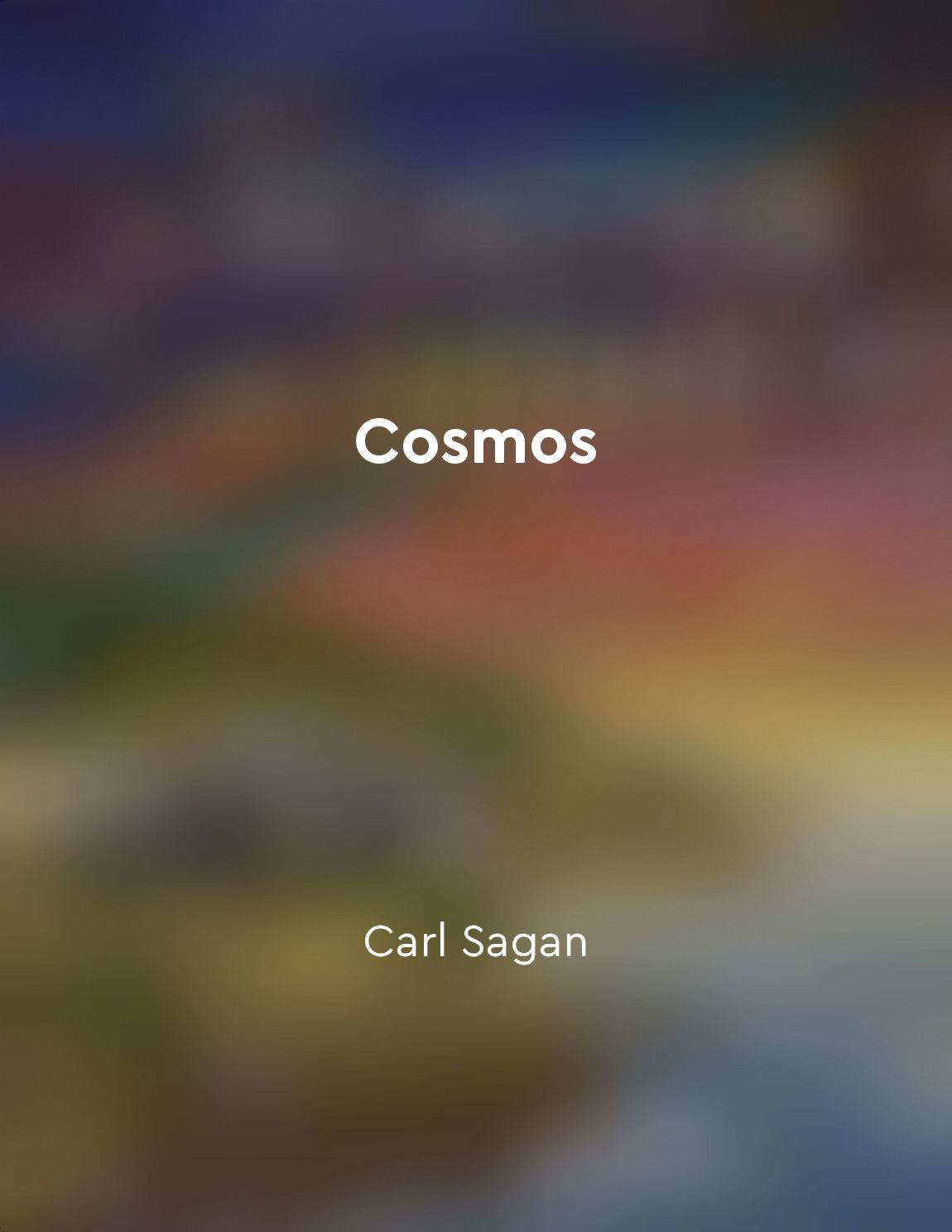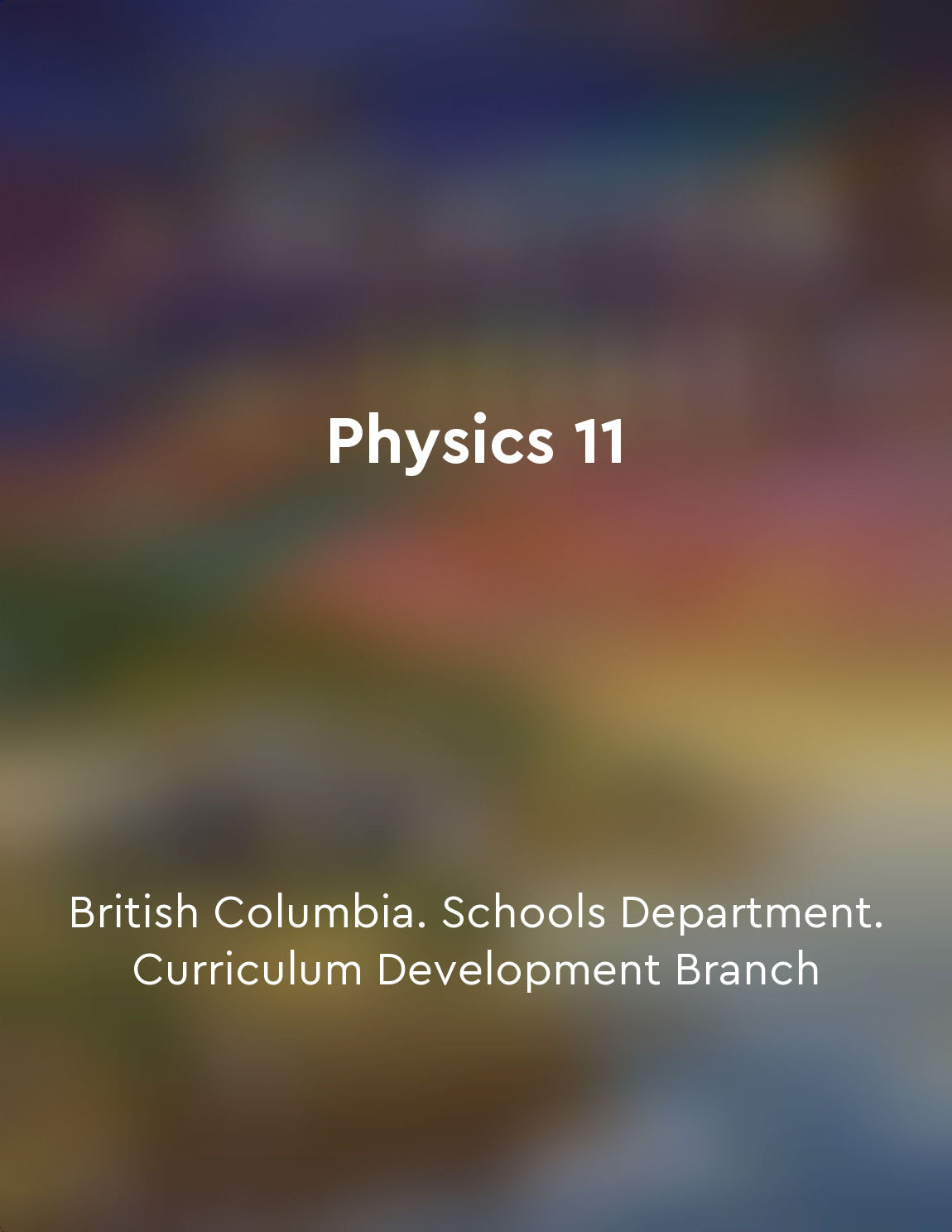Conditions on exoplanets vary widely from "summary" of Exoplanets and Alien Solar Systems by Tahir Yaqoob
The universe is a vast expanse filled with countless exoplanets, each with its own unique set of conditions. These conditions can vary widely from one exoplanet to another, creating a diverse range of environments across the galaxy. Some exoplanets may have scorching hot temperatures, while others may be freezing cold. The atmospheric composition of exoplanets can also differ significantly, with some having thick layers of gases like hydrogen and helium, while others may have a more Earth-like atmosphere composed of nitrogen and oxygen. These variations in atmosphere can impact the climate and weather patterns on exoplanets, leading to extreme conditions such as acid rain or violent storms. The size and mass of exoplanets can also play a role in determining their conditions. Smaller exoplanets may have weaker gravitational forces, leading to a thinner atmosphere and more intense radiation from nearby stars. Larger exoplanets, on the other hand, may have stronger gravity that can trap heat and gases, creating a greenhouse effect that warms the planet. The distance of an exoplanet from its host star is another factor that influences its conditions. Exoplanets that are closer to their star may experience scorching temperatures, while those that are farther away may be in a perpetual state of cold. The presence of moons, rings, or other celestial bodies can also impact the conditions on an exoplanet, creating tidal forces or eclipses that affect the climate and environment.- The conditions on exoplanets are incredibly diverse and can vary widely based on a multitude of factors. By studying these different conditions, scientists can gain valuable insights into the formation and evolution of exoplanets, as well as the potential for habitability beyond our own solar system.
Similar Posts
Ensembles describe system probability distributions
The concept that ensembles describe system probability distributions is a fundamental principle in statistical mechanics. Ensem...
Marie Curie made groundbreaking discoveries about elements
Marie Curie was a scientific pioneer who made significant discoveries about elements that revolutionized the field of chemistry...
Getting to space requires reaching escape velocity
To leave Earth and go to space, a rocket must travel fast enough to break free from the planet's gravitational pull. This criti...
Light travels at amazing speed
In the vastness of the universe, light is one of the most extraordinary phenomena. It possesses a speed that is truly remarkabl...
Environmental degradation is a pressing issue
Environmental degradation poses a significant challenge in today's world. It refers to the deterioration of the environment thr...
Perception of reality influenced by brain's functions
Our perception of reality is a direct result of the way our brains function. The brain acts as a filter, processing the vast am...

The Milky Way is a spiral galaxy
The Milky Way is a spiral galaxy, a vast collection of stars, gas, and dust held together by gravity. When we look up at the ni...

The universe is a canvas for human creativity
The universe, with its vast expanse and countless wonders, offers a playground for human creativity unlike any other. As we gaz...

Waves have properties that can be measured, such as wavelength and frequency
Waves, as a fundamental aspect of physics, possess a variety of properties that are quantifiable through measurement. These pro...

Scientific theories must be tested and refined
The process of developing a scientific theory is a delicate and complex one. It involves formulating a hypothesis based on obse...

